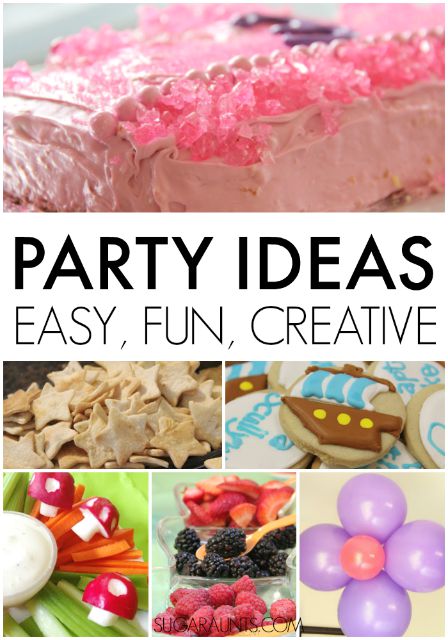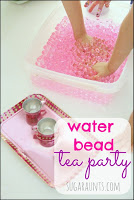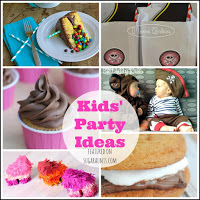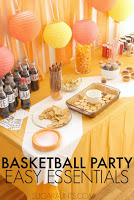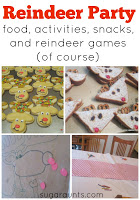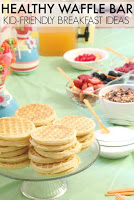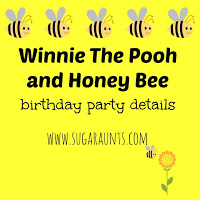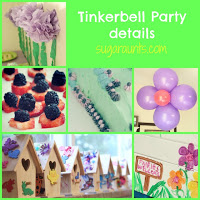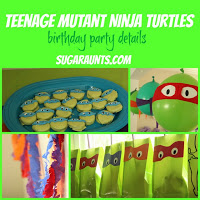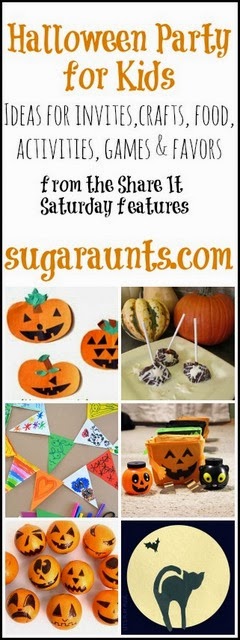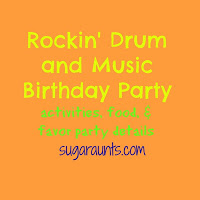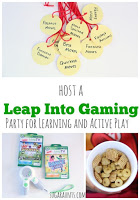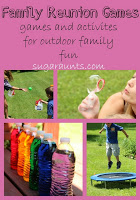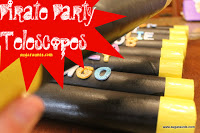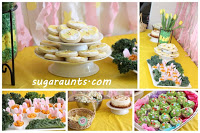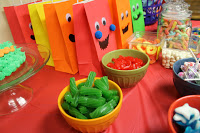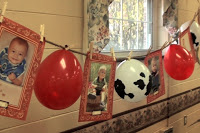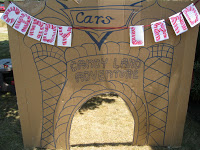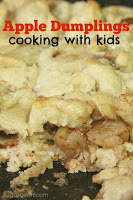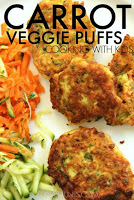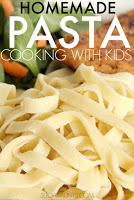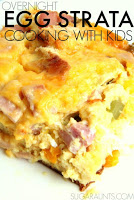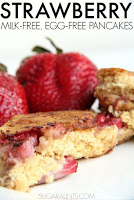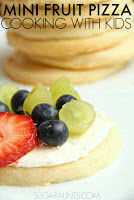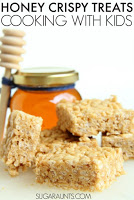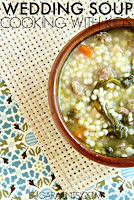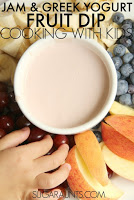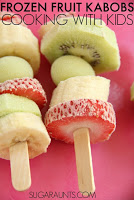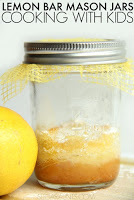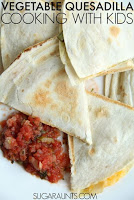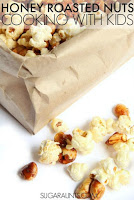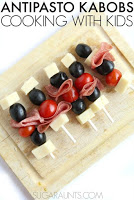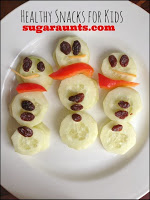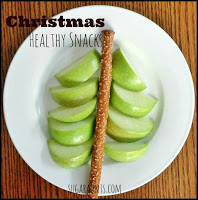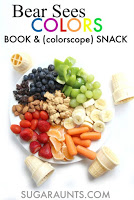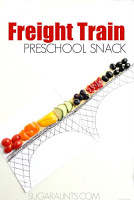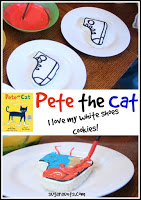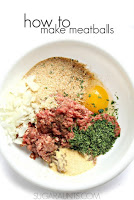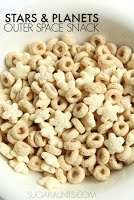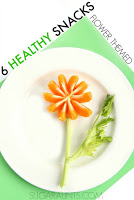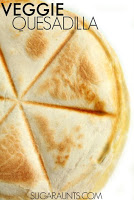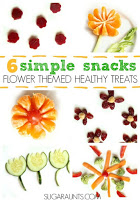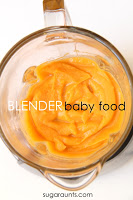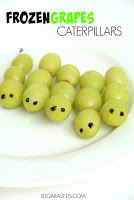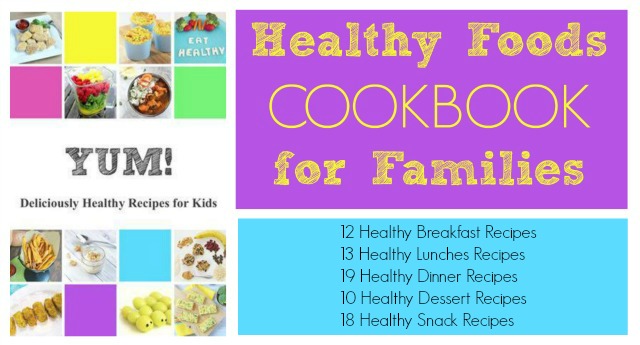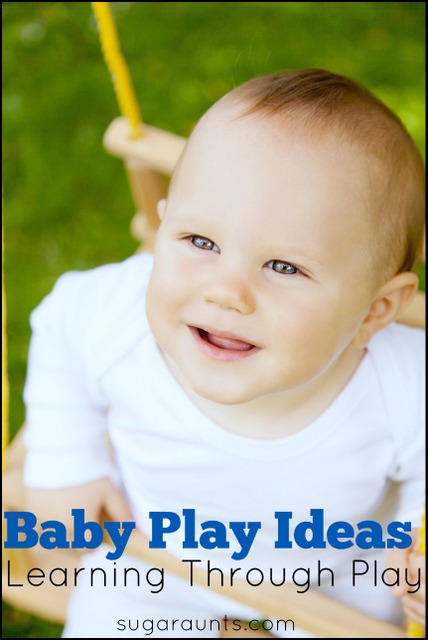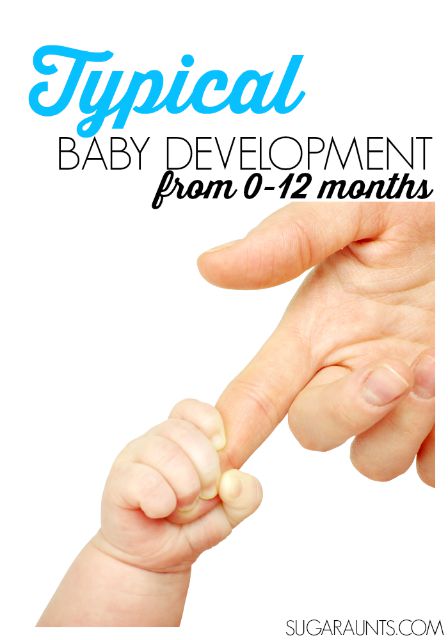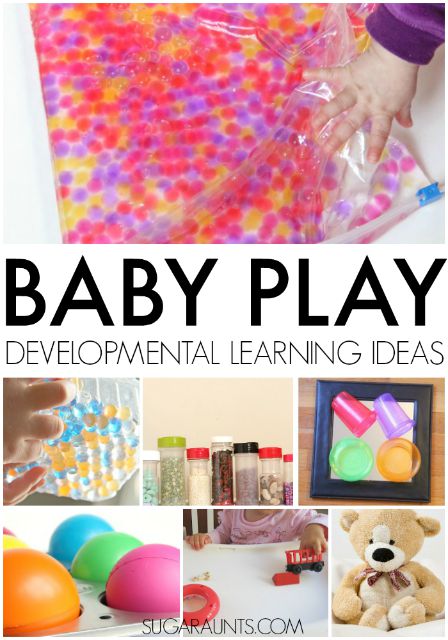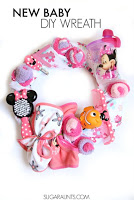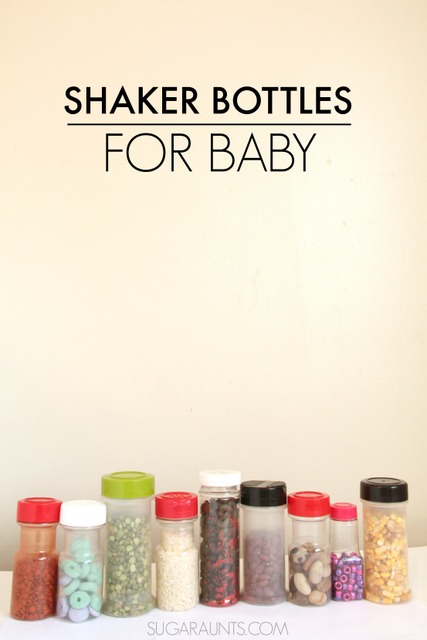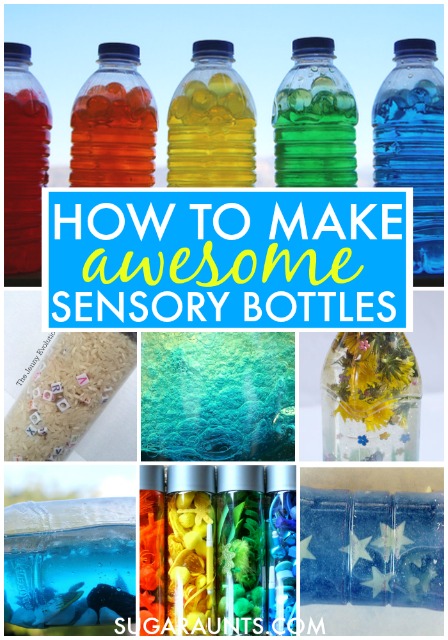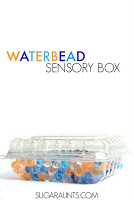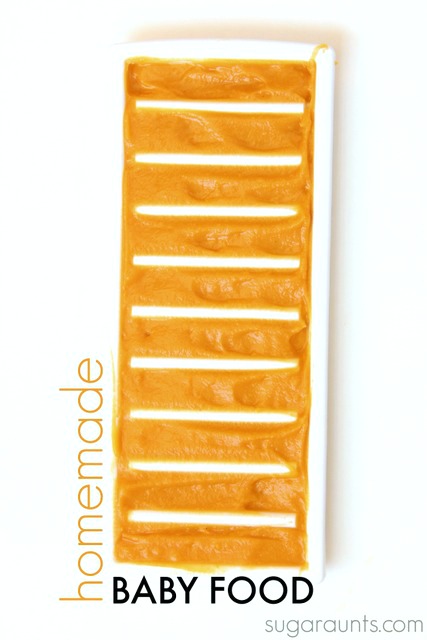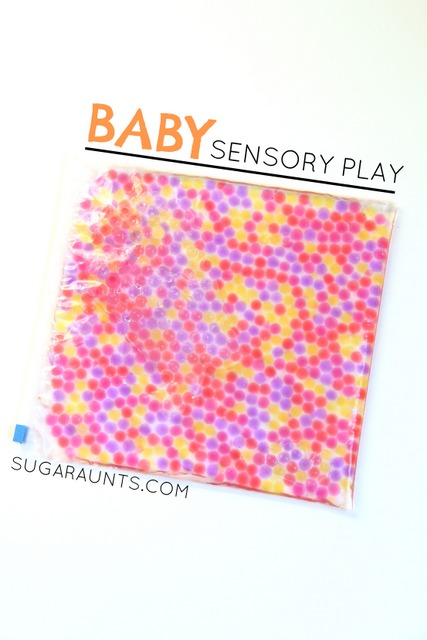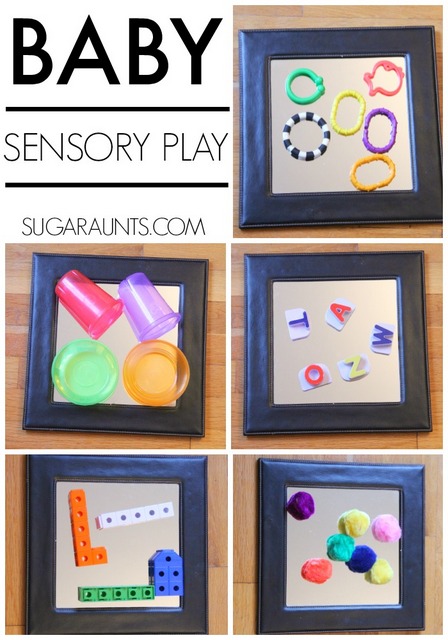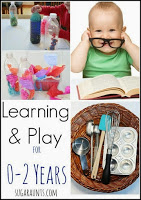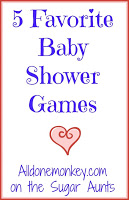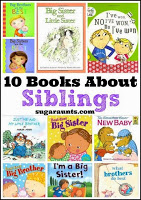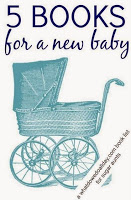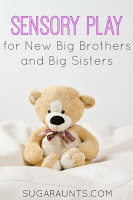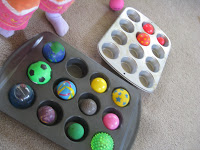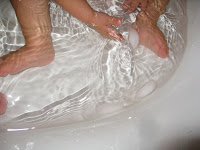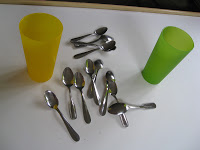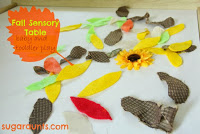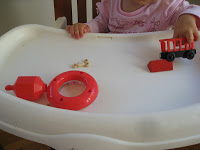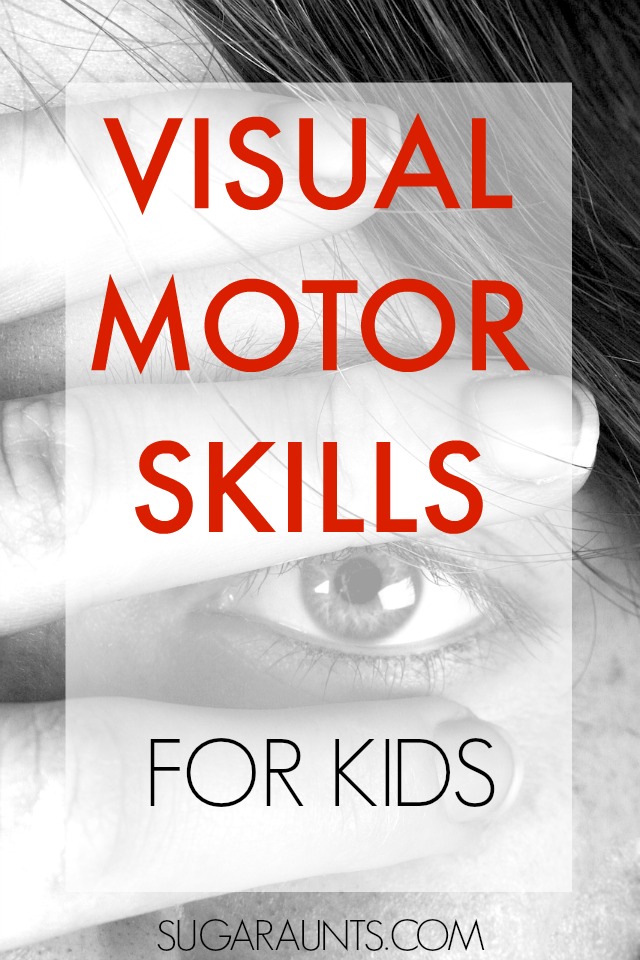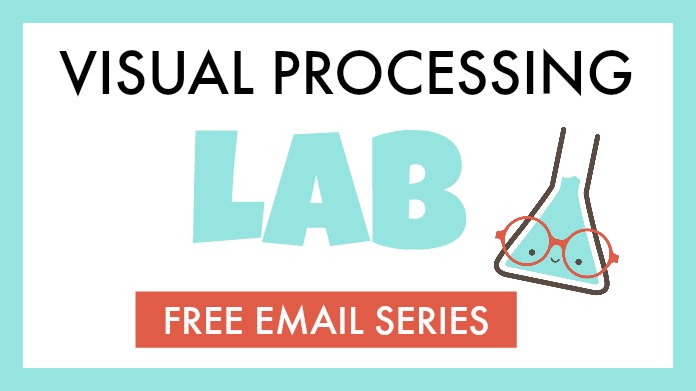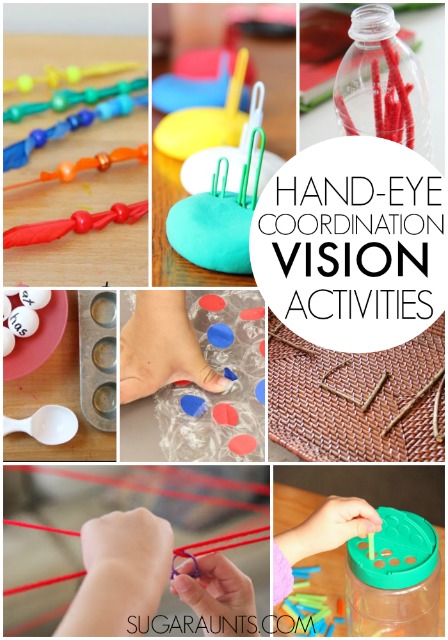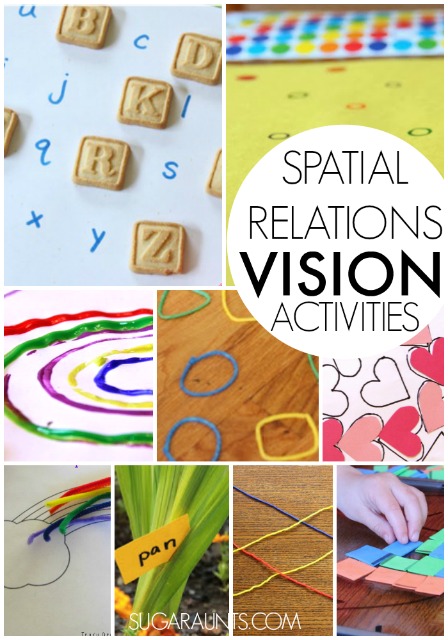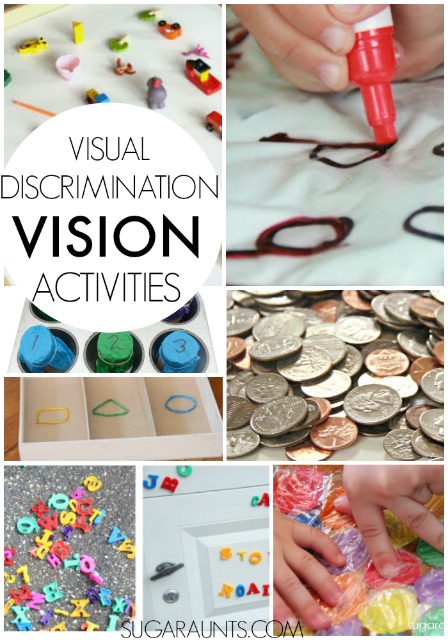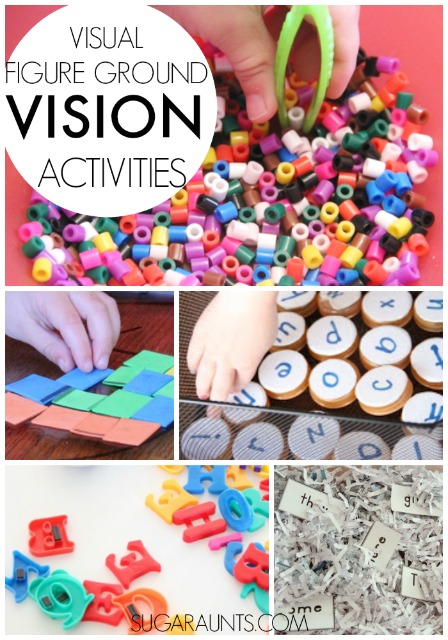This is a space where we share our favorite play ideas for babies. The youngest kids can have fun while learning through play at home, too!
Babies are such an amazing miniature human. They are developing at a rapid pace and taking in the senses of our world with wide eyes. Simply holding and talking to your baby is such a wonderful sensory experience. Then there is the sensory overload of bath time. We’ve got some easy play ideas for babies and young toddlers here, as they take on and take in the world around them.
Read this resource on
baby container syndrome for an occupational therapist’s perspective on baby positioner devices such as swings, seats, and exer-saucers as these items can have an impact on baby play.
Resource for New Parents
Many people think new parents are the only ones that need baby advice. Maybe you found yourself as a new mother who suddenly had a lot of questions on sleep patterns, eating and childhood milestones. But, if there is one thing that therapists wish they could tell new parents, it’s that parents could have a better understanding of how movement plays into development.
Therapists are many times, seeking resources to share with parents to support a family through the first year of baby’s development so they can thrive.
Remarkable Infants is a great opportunity for parents and professionals alike to educate more people on how to support a baby’s first-year development for future learning development.
Yes, this course does provide information on helping a baby sleep and eat, but this course is the other more comprehensive sections. The pieces most other baby trainings don’t provide.
It’s a 5-step, all-inclusive online training for new moms focusing on the development of the whole child from birth through 12 months of age. It includes the following:
- Language Development (Talking with your baby)
- Healthy Sleep Habits (Understanding baby sleep)
- Cognitive Development and Motor Development (Playing with your Baby)
- Reading with your Baby (Vocabulary, visual-motor, speech and language)
- Infant Nutrition (Feeding your baby)
Even though this course is geared to moms, it’s also great for professionals. It can be a HUGE help to clients, expecting moms you work with and those that have kids with learning challenges. The more we can help educate parents on the necessity of building a baby’s cognition, speech and language and motor movements in their first year, the further ahead that child will be later in life.
The 2 best parts are:
1. Each section is taught by a specific professional (Occupational Therapist, Speech and Language Pathologist, Pediatric Sleep Sleep Specialists and Registered Dietitian) with evidence-based research. So you know you’re getting advice from the pros!
2. If you are a professional, you can get CEU credits/Certificate of Completion for taking this course.
You can also get an additional 10% discount when you use our coupon code “COLLEEN10.” To join the Mommy Academy, click here. Don’t forget to enter the discount code!
This
spatial awareness for babies post shares tips and tools for promoting child development through play, especially tummy time for babies.
For more information on development, check out this
development of eye-hand coordination information post to better understand how fine motor skills and visual processing develop in babies and toddlers.
Additionally, the baby stage and development is an important time for the integration of primitive reflexes. Check out some of these
books on primitive reflexes to read more on child development.
Also important in the baby stage is the
development of oral motor skills. It’s through the mouth that babies explore their world around them and gain the skills needed to progress from liquid feedings to more complex foods.
Typical Baby Development:
Baby development begins before birth and continues to evolve into functional skills each and every day. From birth, a baby typically demonstrates random limb movements and a rounded back with drooped head. Asymmetrical postures dominate and no weight is bared through the legs when a baby is held up.
By one month, baby is able to rotate their head and lift their head momentarily. Asymmetrical postures continue to dominate
At three months, baby holds their head mostly in midline and is able to bob their head in supported sitting. At three months, baby can visually follow a dangling toy from side to side. Baby may roll to either side from their back.
At 4-5 months, baby kicks and waves arms and shows excitement with movements. They are unable to typically manipulate or purposefully grasp items. However, baby will demonstrate a strong grasp when an item such as a rattle is placed in their hand. They are unable to let go of an item in their hand.
By six months, baby will demonstrate a greater variety of gross motor patterns. You will see movements of elbows and knees and they follow objects with their eyes in all directions.
At 6 months, object exploration begins with crude manipulation.
At 7-8 months, baby will take objects out of a container and drop them with crude manipulations and exaggerated movements. Baby is typically able to sit up by leaning forward for support.
At 9-10 months, baby will explore more of his environment and will show isolated movements of fingers as they poke and explore items. They can pick up small items and begin to demonstrate purposeful play.
Note: This is not a complete list of Baby’s development. There are stages of typical development and changes in each skill area, as well as positional developmental changes. Watch this space for more baby developmental play and information.
Beyond this, baby is continuously developing in their gross motor, fine motor, hand dominance, language, and visual perceptual, skills. All of these areas can be built on with stimulating and encouraging play environments.
Try some of these play ideas with your baby:
Baby Play Ideas
One of our favorite ways to support development through the first year is by simply playing on the floor on a blanket. A baby gym is one toy that will always be a recommendation, although it’s definitely not necessary.
How to Make Homemade Blender Baby Food | Baby Safe Waterbead Sensory Play | Baby Mirror Play | Learning Activities for Babies Aged 0-2
More ways to play with your baby…
We’re adding new and older posts every day to our collection of baby and toddler play ideas. Be sure to stop back and see what’s new! As always, keep a close eye on little ones while playing with babies and toddlers with any activity. Children should always be supervised while completing any of these activities. Some children may be able to participate in a particular activity, while others are not developmentally appropriate. Please use your judgment and adjust the activity to meet the needs of your child. Or, pull out these ideas in a few months when it is safer for your child to participate.
